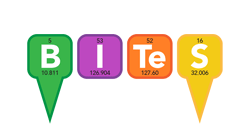There is nothing like an end of the year report to remind you of the past. In this case it reminded me to the Top 10 lists that I said would be semi-regular contributions to BITeS. It started with a list of the Top 10 Lit Discussions and was followed up with the Top 10 Problem Sets.
